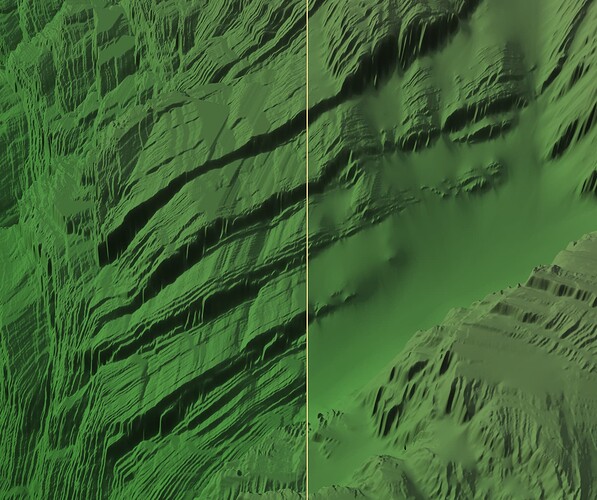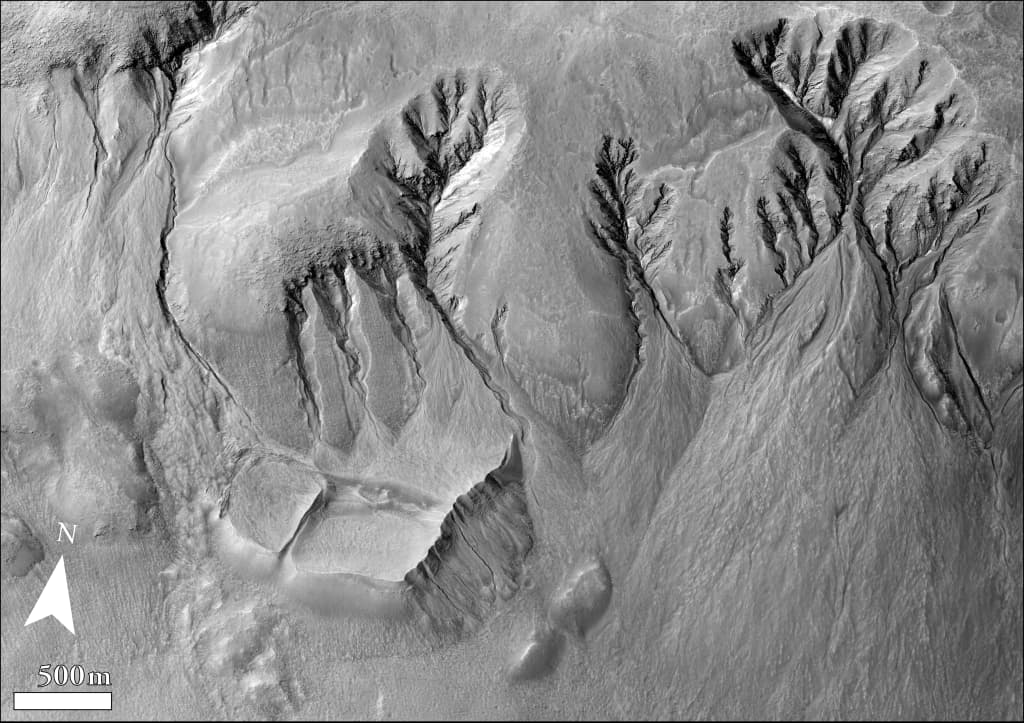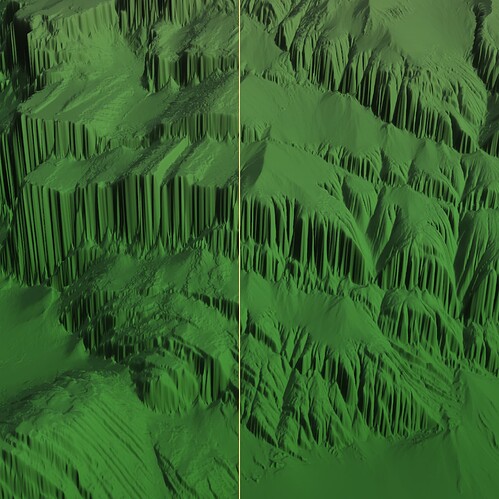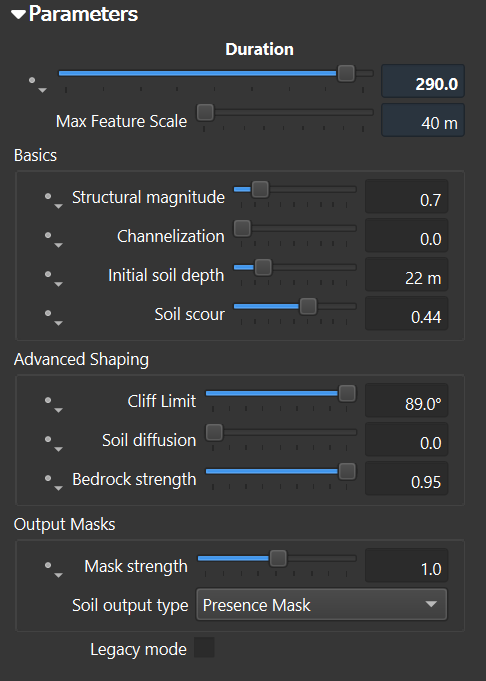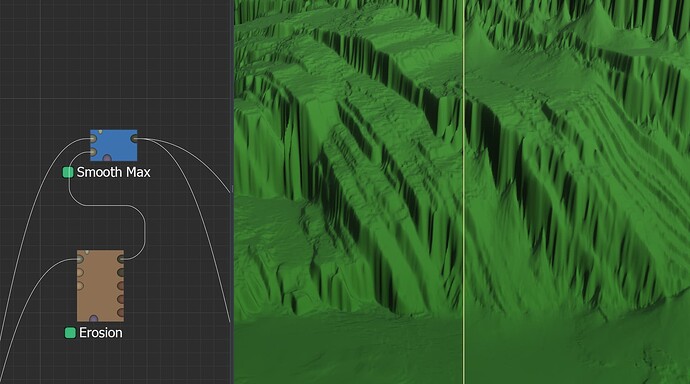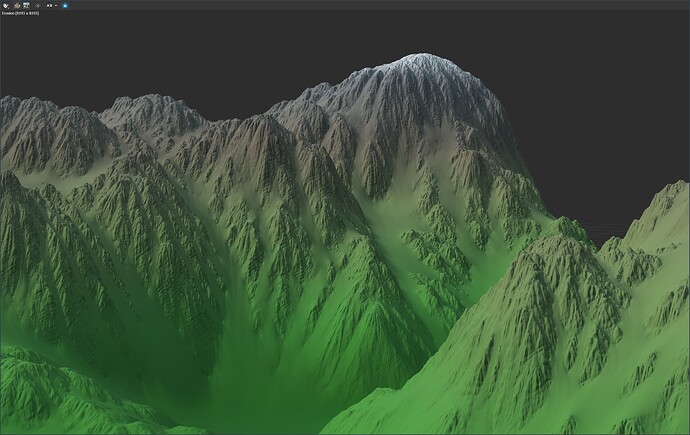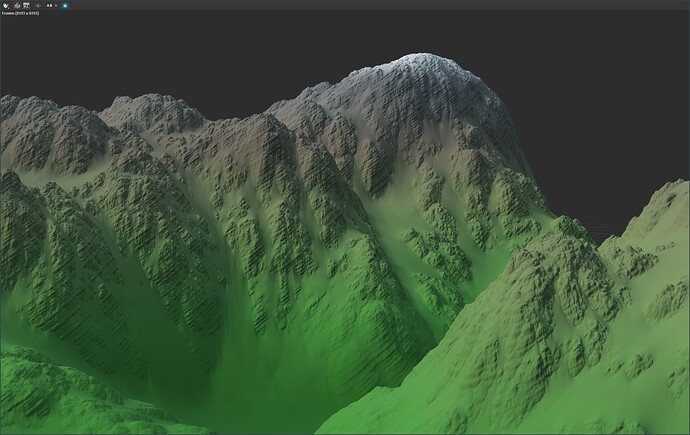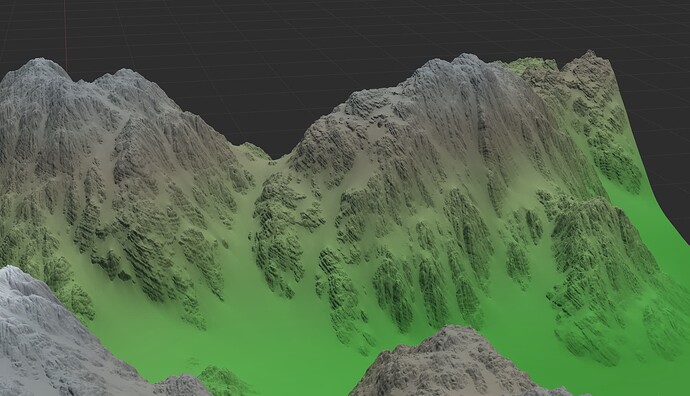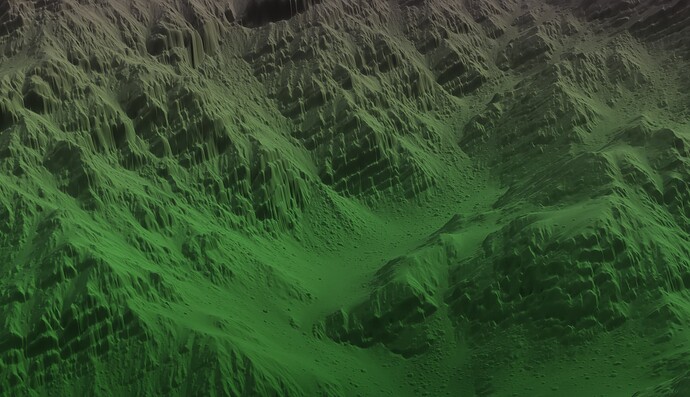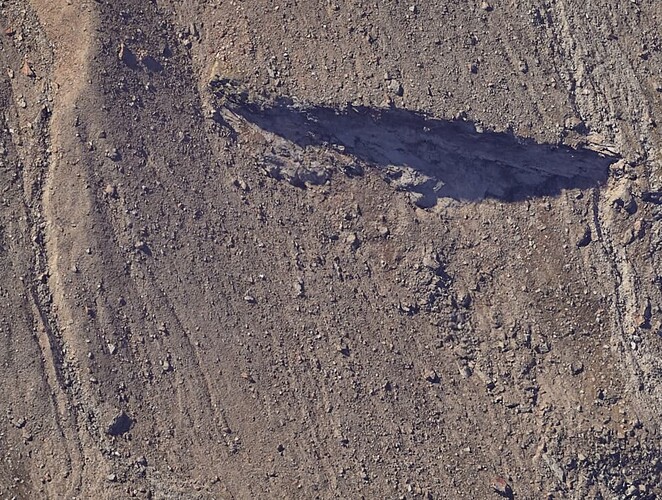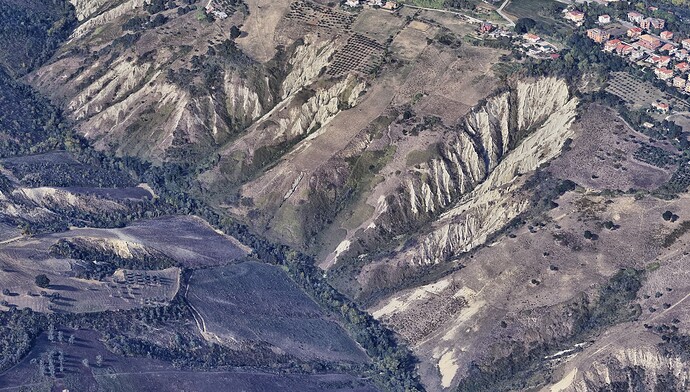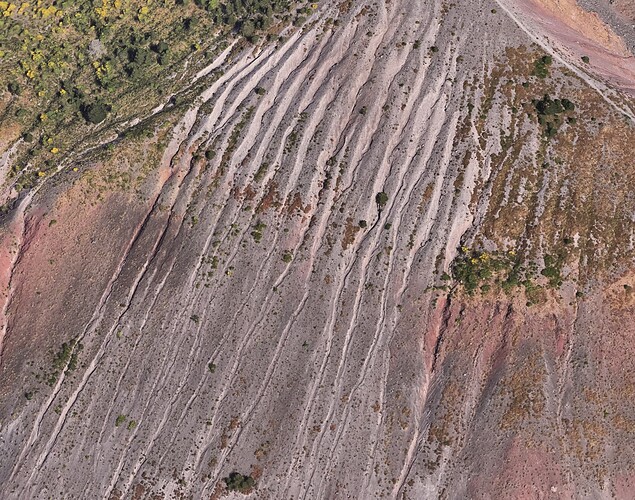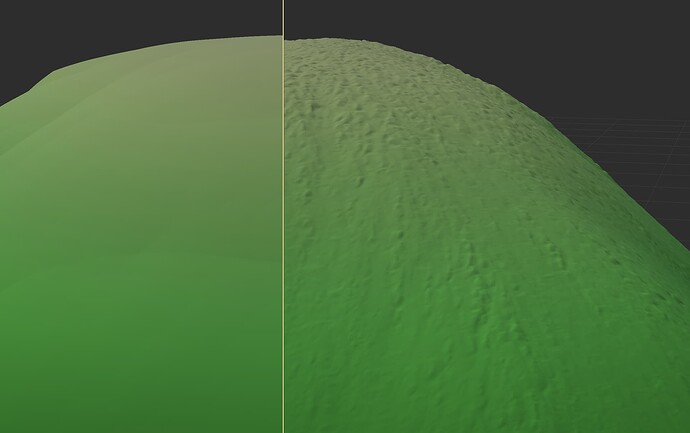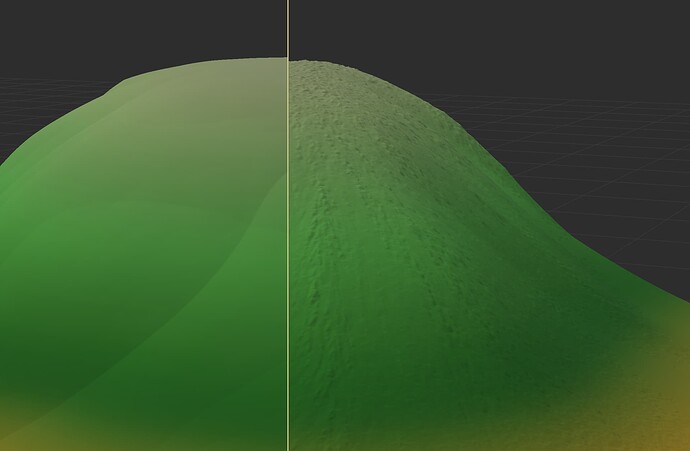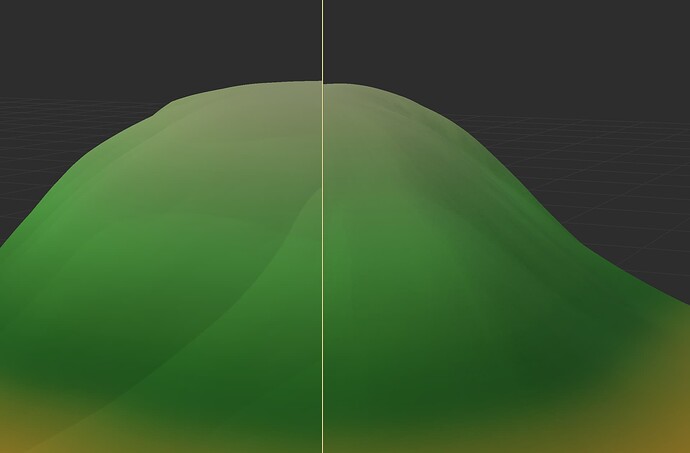Hello,
first of all I want to thank Stephen for the amazing new update.
The speed of WM is really quite incredible.
I’ve been experimenting with it for the last few days and am having troubles to get the erosion to look as I intend.
I will list a few improvements / issues I have with the current erosion device:
1 - COARSE DEPOSITION - maintaining detail in soil depositions. Right now the soil depositions look as flat as snow
in nature erosion depositions usually look distinctly rougher, as the terrain doesn’t erode into infinitely fine particles, but rocks tend to break off into differently sized chunks.
Right now you could emulate a rougher look in the depositions by displacing the areas with a fine noise, but if the erosion device would simulate this the results would vastly improve, as the erosion would interact with the noisy boulders and create organic flow patterns around the bigger boulders.
I don’t know how feasible this is. If there is any way to randomize the particle size, so as to make some particles from the erosion simulation bigger than others.
Also in the previous old erosion device I noticed that the relief of the pre eroded terrain always kind of stuck out from the deposition laying on top, which helped with maintaining details in deposition areas.
2 - GULLIES - in line with the 1st suggestion, right now I’m unable to create natural erosion gullies, which happen as a sort of cascading domino effect and create beautiful flow patterns on softer parts of the landscape.
Here an example of gullies on mars.
Also a really good post on erosion simulation in Houdini by Sam Krug https://www.artstation.com/artwork/BkwZJz
3 - CLIFF PRESERVATION - kinda considered as a holy grail by many, I still haven’t found a way to properly conserve the cliffs of my terrain while adding strong erosion details to the flatter parts of my terrain. The new Cliff Limit parameter is a good step forwards, but I’m still struggling. I will try to explain in the following image
Here I’m really digging the triangular shapes created on the flat plateaus, but I’m really bothered by the many small channels on the cliff faces. I would want the sediments from the flatter areas to fall off the cliffside, without doing much cutting into the rock.
These are the erosion settings from the screenshot.
This makes me wonder why I’m not able to change the bedrock strength all the way to 1.
I’m also wondering what the bedrock structure input on the erosion device is supposed to do, as currently it isn’t affecting the output in any way.
4 - SLIPPAGE CONTROL - I often use an erosion device to create more realistic erosion deposits compared to thermal weathering, usually by max combine the terrain before and after erosion
What I’m missing from the thermal weathering in this is the ability to control the angle of deposition.
That’s why I wonder if its possible to control the “slippage” of erosion deposition, kind of changing the gravity, or changing the weight / sliding for each particle.
That about sums it up. If I get other ideas, or if you have any, just reply here.
I really feel that the erosion algorithm is the core and workhorse of World Machine (and other terrain programs) and although it just recently got an amazing update I felt the need to address some of its shortcomings.
